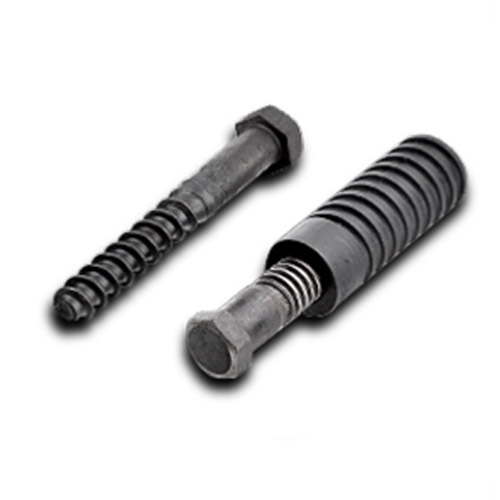types of control valve in hydraulic system
Types of Control Valves in Hydraulic Systems
Control valves are essential components in hydraulic systems, playing a vital role in regulating the flow and pressure of hydraulic fluids. They help ensure that the system operates efficiently, safely, and effectively. Understanding the various types of control valves available can aid in selecting the right valve for specific applications. This article will explore the primary types of control valves used in hydraulic systems, their functionalities, and applications.
1. Directional Control Valves
Directional control valves manage the path of the hydraulic fluid within a system. They determine the flow direction, ultimately controlling the movement of actuators like cylinders and motors. Directional control valves generally come in several configurations
- Two-Way Valves These valves either allow fluid to pass in one direction or block the flow completely. Common applications include isolating parts of a system.
- Three-Way Valves These valves have three ports and can direct the fluid to two different paths or switch between them. They are often used in single-acting cylinders to allow fluid to enter and exit.
- Four-Way Valves Typically used with double-acting cylinders, four-way valves have four ports and can direct the flow to either extend or retract the actuator. This type of valve is crucial for controlling the motion and position of machinery.
2. Pressure Control Valves
Pressure control valves regulate the pressure within the hydraulic system to prevent damage due to over-pressurization. These valves can be divided into several categories
- Relief Valves These are safety valves that release fluid when the system pressure exceeds a predetermined level
. They help protect the system from damage by diverting fluid back to the tank, ensuring that pressure remains within safe limits.types of control valve in hydraulic system

- Reducing Valves These valves maintain a lower pressure in a specific part of the system compared to the supply side. They are useful for applications that require a consistent, lower pressure supply.
- Sequence Valves These valves allow fluid to flow to different actuators in a specific order, based on pressure conditions. They ensure that one process is completed before another begins, thus optimizing efficiency.
3. Flow Control Valves
Flow control valves regulate the flow rate of hydraulic fluid to actuators, enabling precise control over the speed of movement. There are two main types of flow control valves
- Variable Orifice Valves These valves allow for adjustable flow control by changing the size of the orifice through which the fluid passes. This adjustment can be manual or automatic, offering flexibility in flow management.
- Fixed Orifice Valves These have a fixed opening and allow fluid to flow at a constant rate. While simple in design, they are effective in applications where consistent flow is required.
4. Check Valves
Check valves are designed to prevent backflow in the hydraulic system. They allow fluid to flow in one direction while blocking any reverse flow, which is critical for maintaining system integrity and efficiency. Check valves are commonly used in applications where it is essential to ensure that the hydraulic actuator is not inadvertently driven in the wrong direction.
Conclusion
Choosing the right control valve for a hydraulic system is crucial for achieving optimal performance. Each type of control valve—whether directional, pressure control, flow control, or check—serves a specific purpose that contributes to the efficiency and reliability of hydraulic operations. Understanding their functionalities and applications can help engineers and technicians design more effective hydraulic systems, ensuring safety and performance in various industrial processes. By carefully evaluating the needs of a particular application, one can select the appropriate control valves to meet those demands, ultimately leading to enhanced system performance and longevity.
-
The Key to Fluid Control: Exploring the Advantages of Ball Valves in Industrial SystemsNewsJul.09,2025
-
The Versatile World of 1, 2, and 3 Piece Ball ValvesNewsJul.09,2025
-
Stainless Steel Ball Valves: The Ideal Choice for Efficient Flow ControlNewsJul.09,2025
-
Optimizing Fluid Control with Ball Float ValvesNewsJul.09,2025
-
Manual Gate Valves: Essential for Control and EfficiencyNewsJul.09,2025
-
Everything You Need to Know About Butterfly ValvesNewsJul.09,2025
-
The Versatility of Wafer Type Butterfly ValvesNewsJul.08,2025




